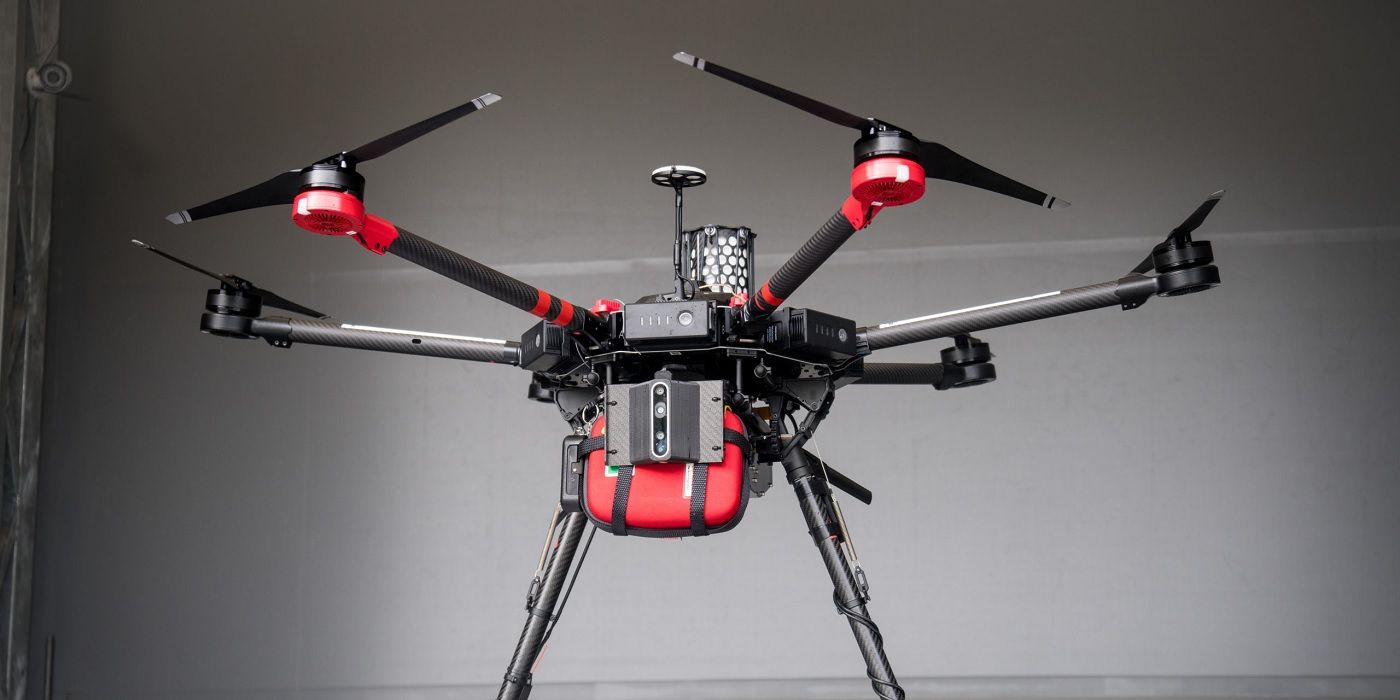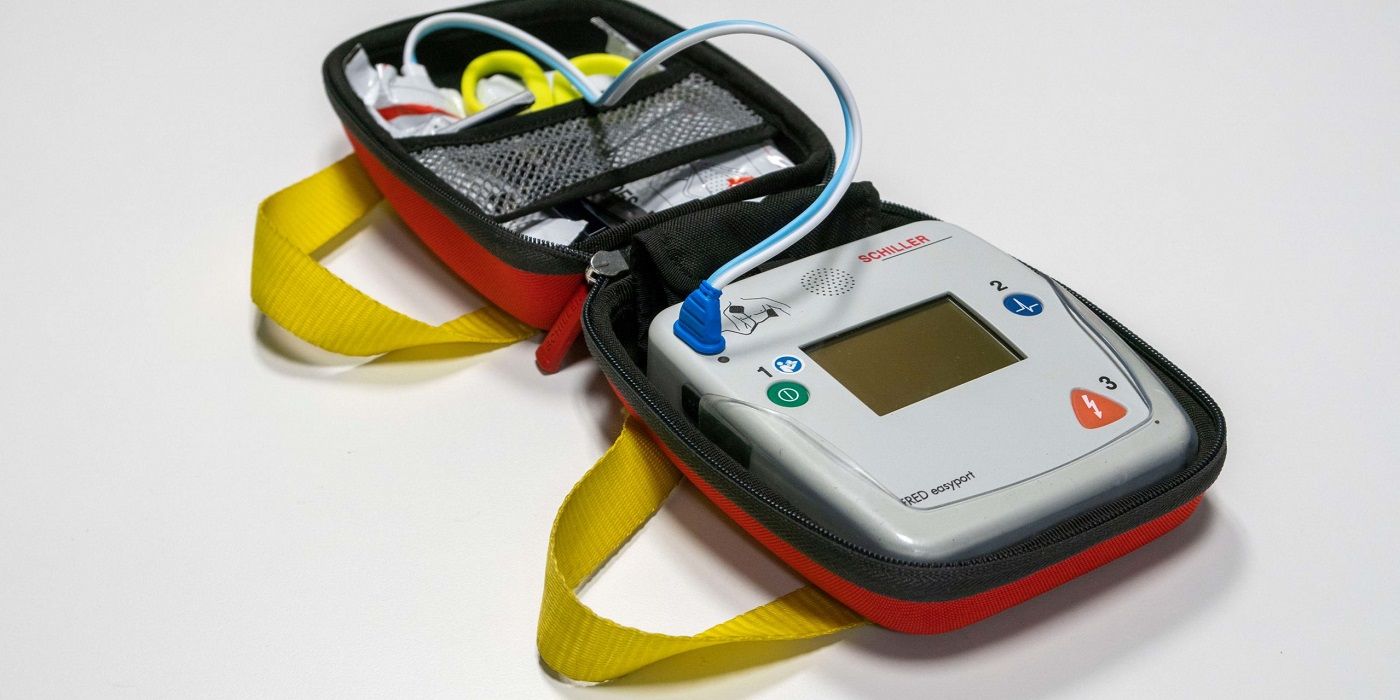A first-of-its-kind drone from Everdrone recently saved the life of an individual after a slew of events coincided in near-perfect timing. With new technologies, like the U.S. government's inquiry into recharging drones while they're flying, the future of emergency response could feature medical drones roaming the skies. It's a new use case for unmanned drones built upon commercial development of drone delivery services, and in emergencies when time is of the essence, it could be a crucial aid.
Quick response is critical to giving heart attack victims a chance at survival. For years, the answer to this was widespread awareness and CPR training, so that everyday people can respond in an emergency. Now, a new player is entering the fold — the Emergency Medical Aerial Delivery service (EMADE) — which is a drone that delivers an AED directly to the site of a cardiac event so that bystanders may aid a victim in an emergency.
A 71-year-old man was shoveling a driveway in Sweden last month, when tragedy struck: the man collapsed after enduring a heart attack. However, the drone delivered aid to the victim's location in just over three minutes. Everdrone, who says that this real-world example demonstrates the need for automated aid, chronicled the world's first event in a press release. "I can’t put into words how thankful I am," the heart attack victim said from home, where he is expected to make a full recovery. "If it wasn’t for the drone I probably wouldn’t be here." The drone carries a Schiller FRED defibrillator, which a lightweight and easy to use device that can arrive on the scene quicker than first responders in some cases.
Drone Response Requires Training, And Regulation, For Success
A vital part of the man's survival in Sweden was the timely action of a passerby. Mustafa Ali, a doctor at a local hospital, saw the man needed help out of his car window and immediately took action to keep the patient alive until paramedics arrived. Ali started CPR in an attempt to restart the man's heart, but it was the unlikely AED delivery that provided the tools needed to keep the man alive. "Just minutes later, I saw something flying above my head," Ali was quoted as saying in the press release. "It was a drone with a defibrillator!" Other uses for drones in the medical field include detecting people infected with COVID-19, and more creative uses for unmanned aerial devices are on the way.
Both regulation and collaboration from Swedish health authorities helped create the EMADE program. The Center for Resuscitation Science at Karolinska Institutet provided guidance to Everdrone on how to make a drone that can successfully save heart attack victims. In the United States, though, a slew of regulations from the FAA and FDA currently prevent medical drones from taking the skies. Despite promises from the agencies to relax regulations, emergency response drones like Everdrone's are not expected to be in U.S. airspace in the foreseeable future.
Source: Everdrone


